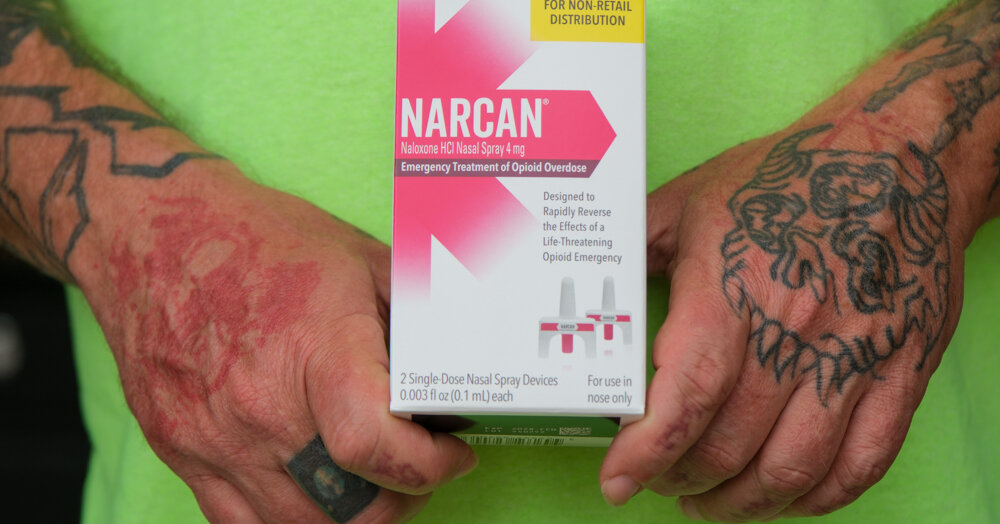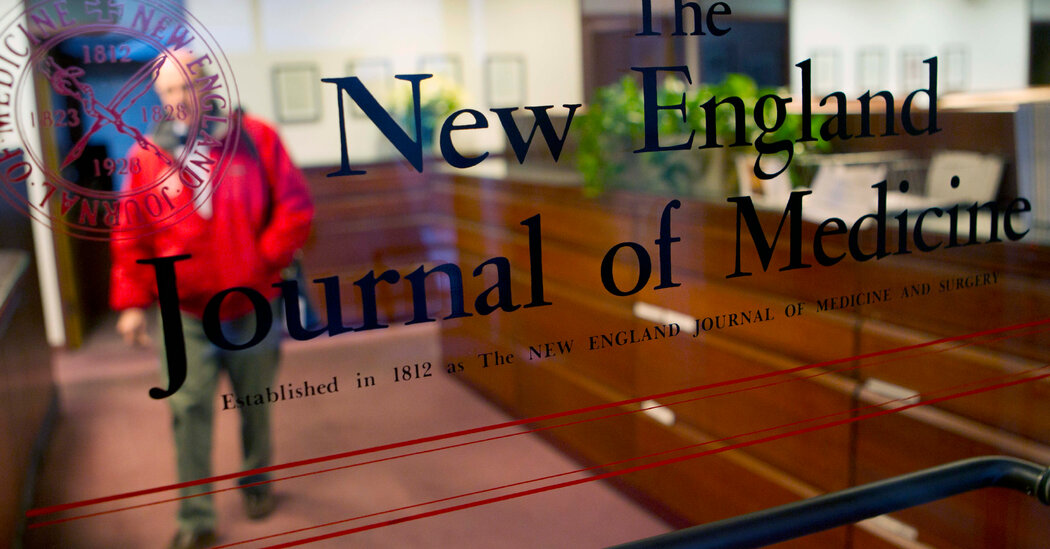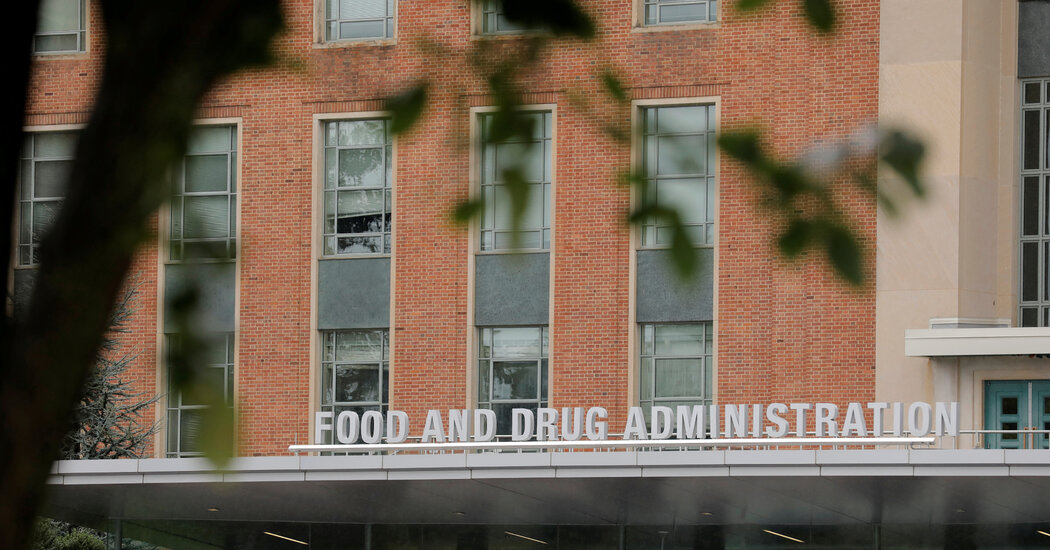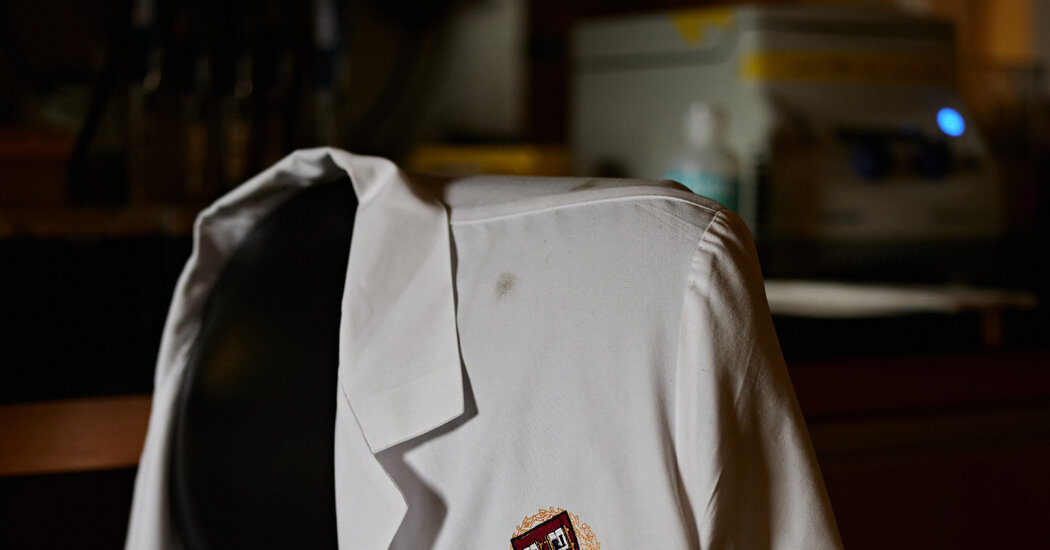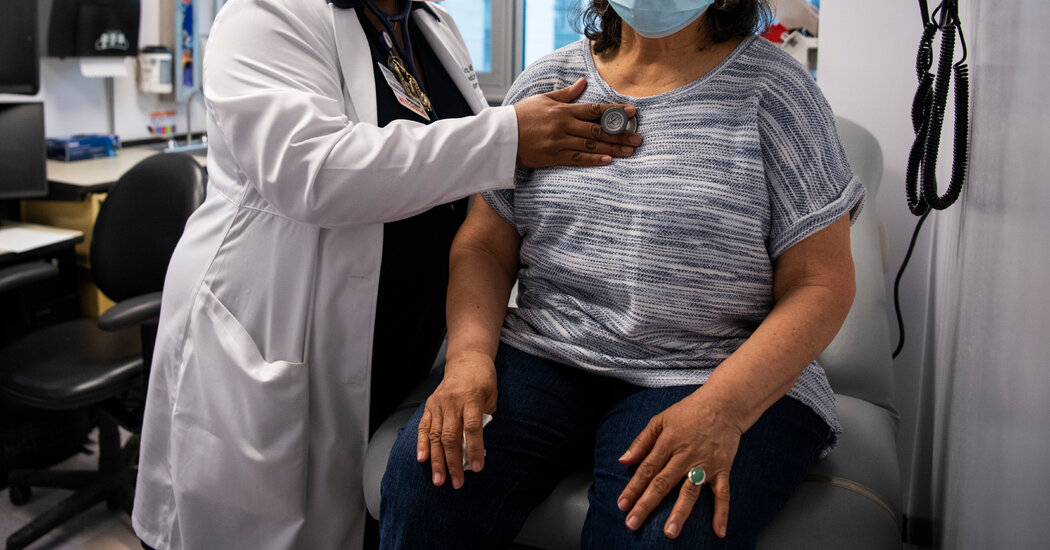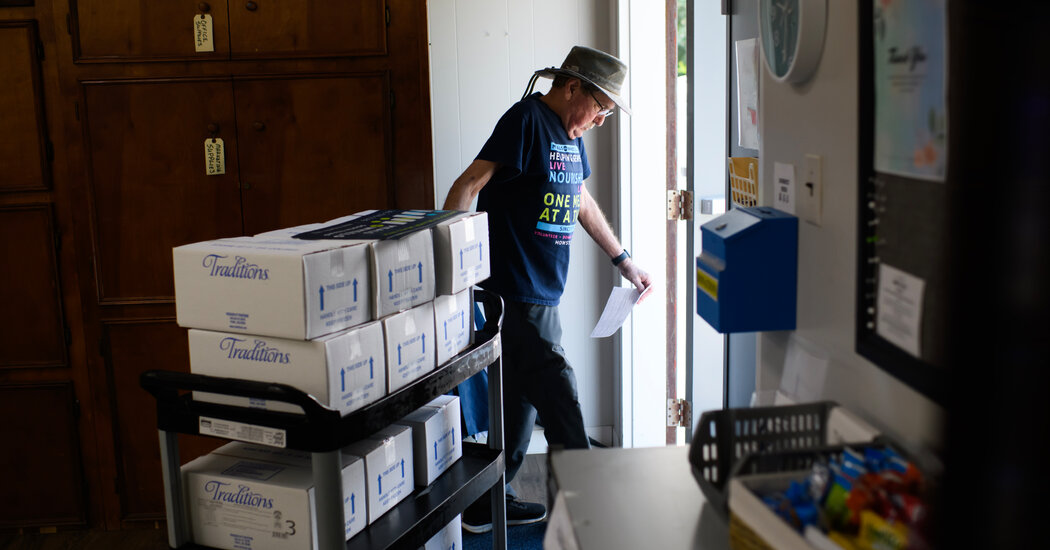On March 11, about 50 judges gathered in Washington for the biannual meeting of the Judicial Conference, which oversees the administration of the federal courts. It was the first time the conference met since President Trump retook the White House.In the midst of discussions of staffing levels and long-range planning, the judges’ conversations were focused, to an unusual degree, on rising threats against judges and their security, said several people who attended the gathering.Behind closed doors at one session, Judge Richard J. Sullivan, the chairman of the conference’s Committee on Judicial Security, raised a scenario that weeks before would have sounded like dystopian fiction, according to three officials familiar with the remarks, who spoke on the condition of anonymity to discuss internal deliberations: What if the White House were to withdraw the protections it provides to judges?The U.S. Marshals Service, which by law oversees security for the judiciary, is part of the Justice Department, which Mr. Trump is directly controlling in a way that no president has since the Watergate scandal.Judge Sullivan noted that Mr. Trump had stripped security protections from Mike Pompeo, his former secretary of state, and John Bolton, his former national security adviser. Could the federal judiciary, also a recent target of Mr. Trump’s ire, be next?Judge Sullivan, who was nominated by President George W. Bush and then elevated to an appellate judgeship by Mr. Trump, referred questions about his closed-door remarks to the Administrative Office of the U.S. Courts, which stated its “complete confidence in those responsible for judicial security.”There is no evidence that Mr. Trump has contemplated revoking security from judges. But Judge Sullivan’s remarks were an extraordinary sign of the extent of judges’ anxiety over the threats facing the federal bench. And they highlight a growing discomfort from judges that their security is handled by an agency that, through the attorney general, ultimately answers to the president, and whose funding, in their view, has not kept pace with rising threats.Mike Pompeo. Mr. Trump’s former secretary of state, in National Harbor, Md., in 2023. A White House spokesman said Mr. Trump’s decision to strip security from former officials had no bearing on his approach to sitting judges.Haiyun Jiang /The New York Times“Cutting all the security from one judge or one courthouse — stuff like that hasn’t happened, and I don’t expect it to,” said Jeremy Fogel, a retired federal judge who directs the Berkeley Judicial Institute at the University of California, Berkeley, and is in frequent contact with current judges. “But, you never know. Because it’s fair to say that limits are being tested everywhere. Judges worry that it could happen.”The Marshals Service said in a statement that it acted “at the direction of the federal courts” and “effectuate all lawful orders of the federal court.” The integrity of the judicial process, the statement read, depends on “protecting judges, jurors and witnesses.”Harrison Fields, a White House spokesman, said Mr. Trump’s decision to strip security from Mr. Pompeo and Mr. Bolton, two former officials, had no bearing on his approach to sitting judges. He called worries that the president would deprive judges of their security “speculation” that was “dangerous and irresponsible.”Founded in 1789, the U.S. Marshals Service has a wide range of law-enforcement duties, in addition to its central function of supporting the judiciary. There are now 94 presidentially appointed and Senate-confirmed U.S. marshal positions, one for each judicial district. The agency’s director reportsto the deputy attorney general.The concerns about who oversees the marshals come as threats against judges have been on the rise, expanding the burdens on the service.Statistics released by the agency show that the number of judges targeted by threats more than doubled from 2019 to 2024, before Mr. Trump returned to office. In those years, he disputed the result of the 2020 election in court, and the Supreme Court overturned Roe v. Wade, the ruling that made access to abortion a constitutional right. In June 2022, after the Supreme Court’s ruling on Roe leaked, an armed man made an attempt to assassinate Justice Brett M. Kavanaugh at his home.In his end-of-year report for 2024, Chief Justice John G. Roberts Jr. noted “a significant uptick in identified threats at all levels of the judiciary.”Mr. Trump with his national security adviser John Bolton, right, at the White House in 2018. The president has removed Mr. Bolton’s security protections.Al Drago for The New York TimesSince Mr. Trump took office in January, he and his supporters have insulted individual judges on social media and called for their impeachment in response to rulings they don’t like. In a message posted on Easter, Mr. Trump referred to “WEAK and INEFFECTIVE Judges” who are allowing a “sinister attack on our Nation to continue” in regard to immigration.Judges and their family members have in recent weeks reported false threats of bombs in their mailboxes. As of mid-April, dozens of pizzas have been anonymously sent to judges and their family members at their homes, a means of signaling that your enemy knows where you live.According to Ron Zayas, the chief executive of Ironwall, a company that contracts with district courts, state courts and some individual judges to provide data protection and security services for judges and other public officials, the number of judges using his services for emergency protection is more than four times the average number for last year. He said 40 judges also used their own money to bolster their security with Ironwall, twice as many as on Jan. 1.In a letter to Congress dated April 10, Judge Robert J. Conrad Jr., who directs the Administrative Office of the U.S. Courts, complained that funding for court security remained frozen at 2023 levels through the 2025 fiscal year “at a time when threats against federal judges and courthouses are escalating.” Judges have issued similar warnings for years.The total amount spent has remained nearly flat, rising to $1.34 billion in 2024 from $1.26 billion in 2022, according to statistics from the administrative office and the marshals, despite inflation and staff pay increases.At the same time, burdens on the service have grown.In recent years, the U.S. Marshals said in a statement, they have started helping to protect the homes of the Supreme Court justices, whose security is primarily handled by the separate Supreme Court Marshal’s Office. Last summer, a U.S. marshal stationed outside Justice Sonia Sotomayor’s home in Washington shot and wounded an armed man in an attempted carjacking.The Supreme Court in Washington. After its ruling on Roe v. Wade leaked in 2022, an armed man made an attempt to assassinate Justice Brett M. Kavanaugh at his home.Haiyun Jiang for The New York TimesIn January, the Trump administration gave the marshals, along with other law enforcement agencies, the new power to enforce immigration laws. That move prompted Judge Edmond E. Chang, who chairs the Judicial Conference’s criminal law committee, to write a memo to all district-court and magistrate judges warning about the potential impact on the marshals’ ability to protect them. (Judge Chang declined to comment; his memo was reported earlier by Reuters.)In addition to protecting judges’ lives, U.S. law states the marshals’ “primary role and mission” is “to obey, execute, and enforce all orders” from the federal courts. Enforcing court orders can entail imposing fines and imprisonment for anyone judges find to be in contempt of court, including, in theory, executive branch officials.The Trump administration’s posture in some cases raises the possibility that the already-stretched marshals could emerge as a crucial referee between the branches. In the courtroom, Justice Department lawyers have come close to openly flouting court orders stemming from the unlawful deportation to a prison in El Salvador of a group of nearly 140 Venezuelans and Kilmar Armando Abrego Garcia, whose removal officials admitted was an “administrative error.” Two judges have responded by opening inquiries that could lead to administration officials being held in contempt of court.“What happens if the marshals are ordered to deliver a contempt citation to an agency head that has defied a court order?” asked Paul W. Grimm, a retired federal judge who leads the Bolch Judicial Institute at Duke University. “Are they going to do that? The question of who the Marshals Service owes their allegiance to will be put to the test in the not-too-distant future, I suspect.”Concern over the oversight of the Marshals Service is not new. A 1982 report by the Government Accountability Office called the marshals’ oversight arrangement “an unworkable management condition.” As a possible solution, it proposed legislation to move control of the marshals to the judiciary.Some members of Congress have begun proposing a similar solution.“Do you think you could better protect judges if your security was more independent?” Representative Eric Swalwell, Democrat of California, asked a federal judge testifying on behalf of the Judicial Conference at a hearing in February, two weeks before Judge Sullivan’s remarks.About 50 judges gathered in Washington for the biannual meeting of the Judicial Conference, which oversees the administration of the federal courts. It was the first time the conference had met since Mr. Trump retook the White House.Eric Lee/The New York TimesRepresentative Darrell Issa, Republican of California, responded that he considered the question of independent oversight legitimate. The judge answered that the conference would consider the matter.In an interview, Mr. Swalwell said he was drafting legislation that would put the judiciary in charge of its own security.Last month, Ronald Davis, who led the agency under President Joseph R. Biden Jr., issued a stark warning on LinkedIn of “a constitutional crisis if a president refuses to enforce or comply with a federal court order.” He too proposed measures to insulate the marshals from potential interference by the executive branch.In the meantime, the administration’s immediate goal for the Marshals Service may be to shrink it.On April 15, Mark P. Pittella, the agency’s acting director, sent a letter to more than 5,000 employees of the service as part of the staff-cutting measures associated with Elon Musk’s project, known as the Department of Government Efficiency, offering them the opportunity to resign and be eligible for more than four months of administrative leave with full pay. In the letter, obtained by The New York Times, Mr. Pittella wrote that agency leadership would review applications to ensure they did not “adversely impact U.S.M.S. mission-critical requirements.”But a spokesman for the service said the offer was open to employees in all areas of responsibility, including marshals tasked with protecting judges.
Read more →


